Over the past 80 years, under the guidance of the Outline of Vietnamese Culture, the culture of the whole country in general, including Ha Tinh, has achieved many successes, including the construction of a system of cultural and sports institutions. However, there are still many issues raised in this content.
To orient the system of grassroots cultural and sports institutions, on November 11, 2013, the Prime Minister issued Decision No. 2164/QD-TTg approving the Master Plan for the development of the system of grassroots cultural and sports institutions for the period 2013 - 2020, with a vision to 2030.
Accordingly, the system of grassroots cultural and sports institutions is divided into 4 levels as follows: provincial level, central ministries, branches and unions; district level; commune level; and village level.
Free English classes are held at the cultural house of Phan Chu Trinh village (Cam Due commune - Cam Xuyen).
With such importance, cultural and sports institutions themselves have a profound mass character and are extremely important attributes that must be given top priority in planning and organizing the construction of that system.
An institution that fully meets the characteristics of mass will be accepted by the masses, used and enjoy the values it brings and vice versa.
Recently, Ha Tinh has focused on building a system of cultural and sports facilities in village cultural houses.
Over the past years, Ha Tinh province has focused on building a system of cultural and sports institutions from the province to the village. In particular, from the new rural construction movement, the system of cultural and sports institutions at the commune and village levels has developed rapidly, creating a great change in the urban and rural landscape of the province.
Through the institutional system, Party committees and authorities at all levels have organized many cultural and sports activities in residential areas, meeting the needs of creativity and enjoyment of culture and sports of all classes of people; at the same time, carrying out propaganda and agitation tasks to serve the political tasks of the Party, State and locality.
However, for many reasons, this system in our province still has some shortcomings that need to be frankly acknowledged. At the provincial level, some extremely important institutions to serve the needs of the people have not been built such as: Provincial Museum; Traditional Art Theater; cinema system... At the district and grassroots levels, some institutions such as stadiums and sports areas have been invested but have not yet brought into full play their value.
According to research, the main cause of the above problems is that the construction of a cultural institutional system is not really oriented towards the general public. Reality has also proven that if an institution is built to fully meet the general public, those institutions will be effective and vice versa.
For example, is a stadium necessary for the activities of the people and the local government? In theory, stadiums are very necessary for physical activities, sports, especially football and festival activities. If we only see it that way, why are many commune stadiums abandoned and wasteful after investment and construction?
To answer this, it is necessary to consider the specific characteristics of each locality, such as how many people want to play football? Where is the location to build that stadium, is it convenient? Is there a need for festival activities or annual large gatherings in that locality?
If we specifically survey and fully answer those questions, the stadium will certainly receive public support when it is built and it will truly meet all the characteristics of mass participation.
Community cultural house for flood and storm shelter - "house of wisdom" in Trung Tien village (Dien My commune, Huong Khe).
From the above situation, it can be seen that in some places, the popularity of building cultural and sports institutions is underestimated.
It is thought that managers, especially cultural and sports managers from the central to grassroots levels, need to thoroughly understand and creatively apply the spirit of the Cultural Outline (1943) in general and the popular nature in particular in all cultural activities. It is necessary to avoid bureaucratic and inappropriate administration, overlooking the popular nature leading to inefficiency and waste of resources, including investment in grassroots cultural and sports institutions.
Doan Dinh Anh
Chairman of the Provincial Association for Promotion of Education
Source


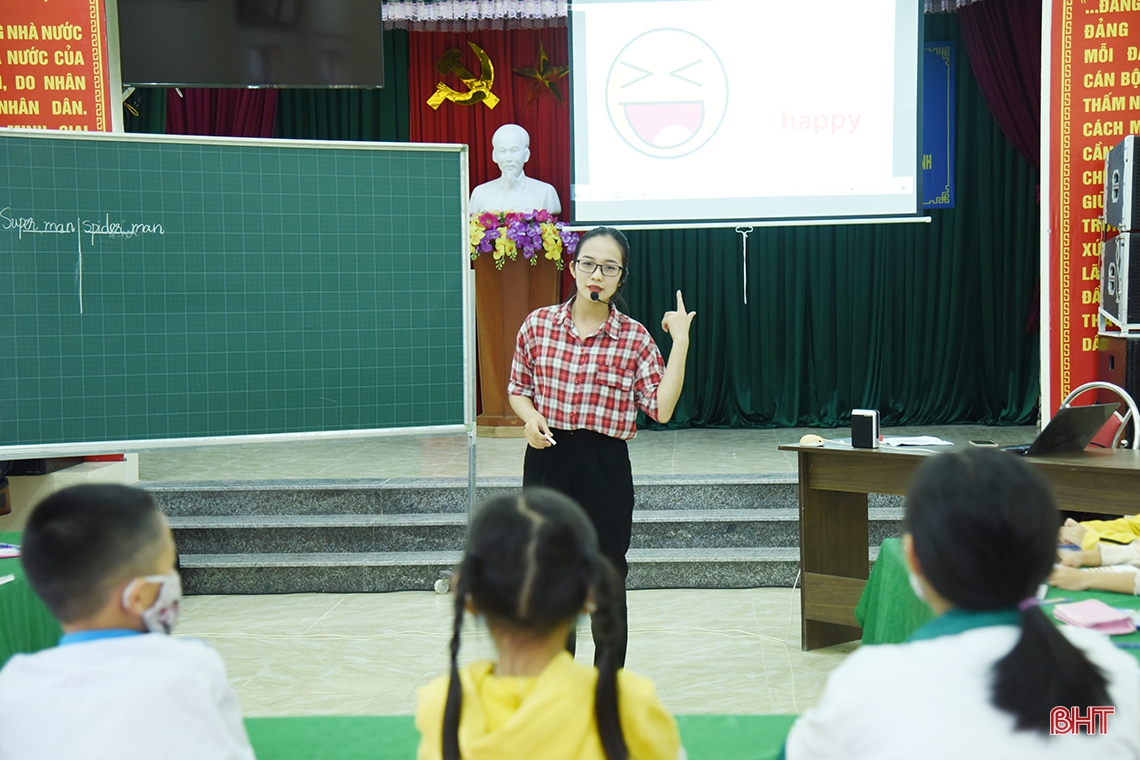
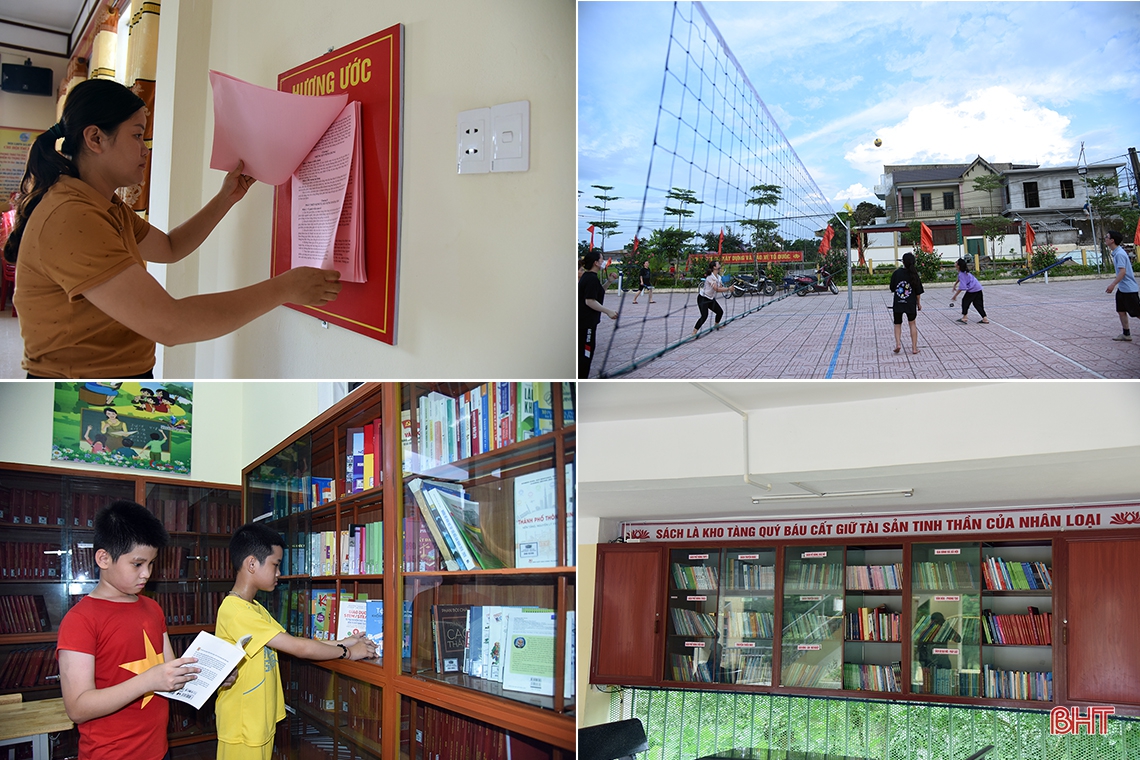
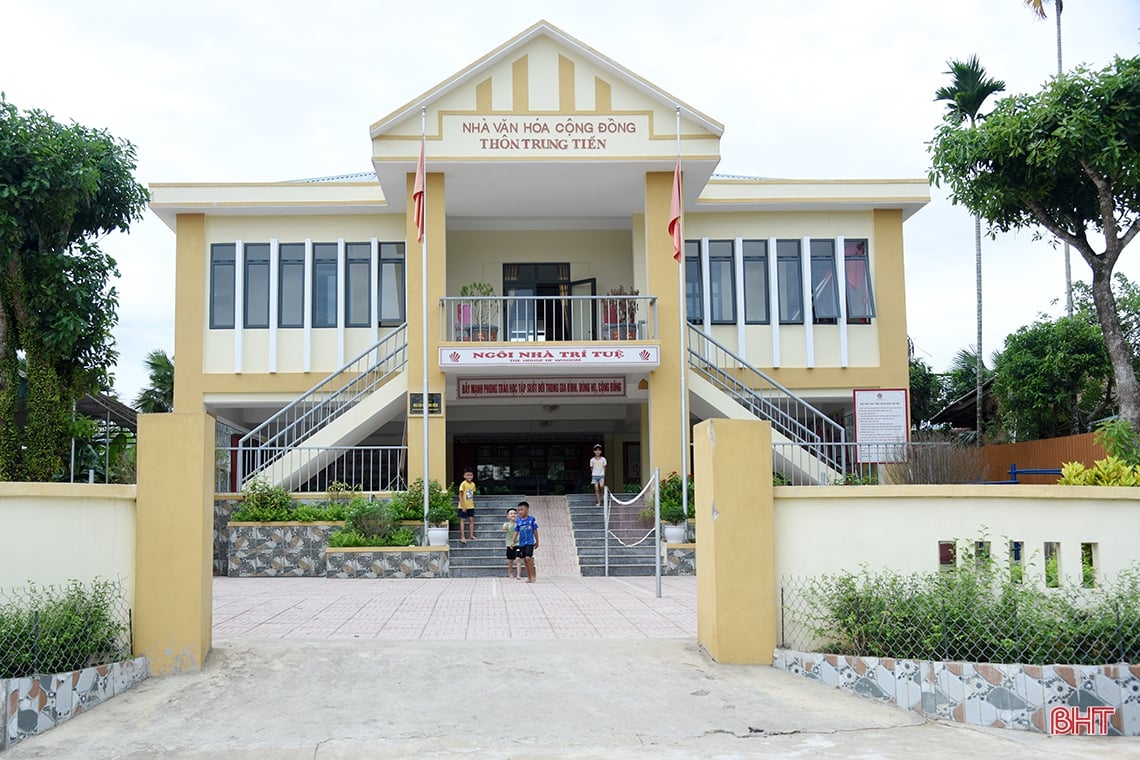

![[Photo] Binh Trieu 1 Bridge has been completed, raised by 1.1m, and will open to traffic at the end of November.](https://vphoto.vietnam.vn/thumb/1200x675/vietnam/resource/IMAGE/2025/10/2/a6549e2a3b5848a1ba76a1ded6141fae)




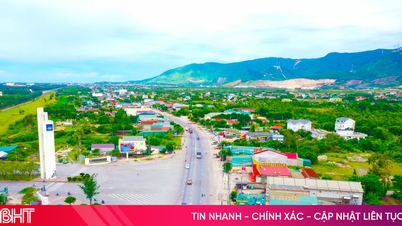

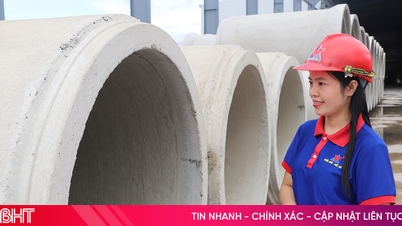
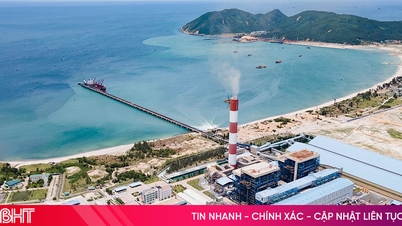
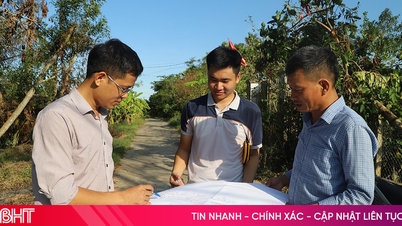
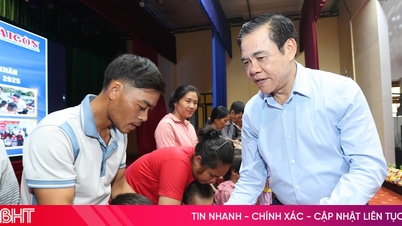
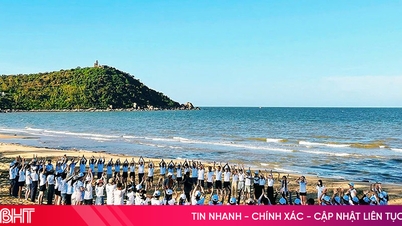
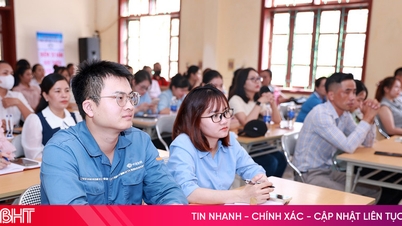
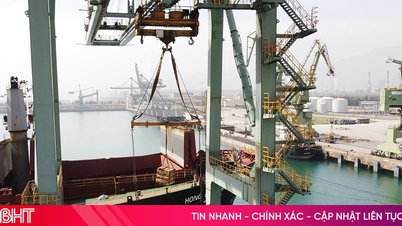
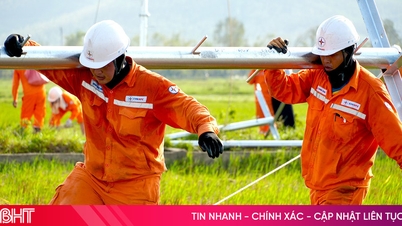
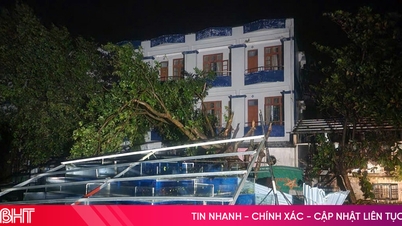

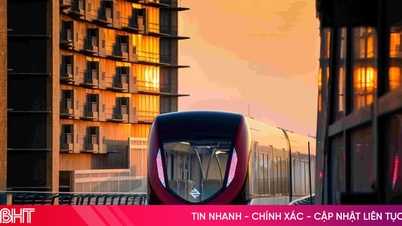




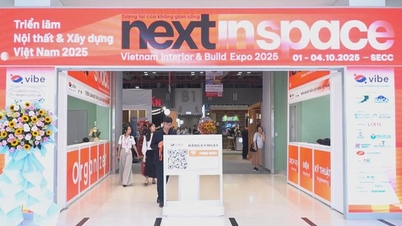
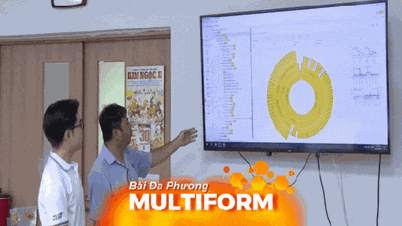
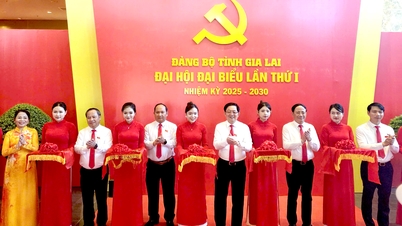

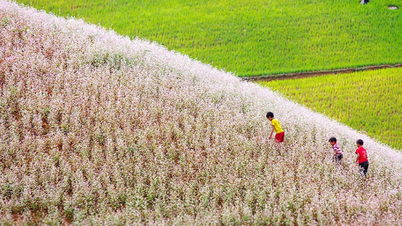
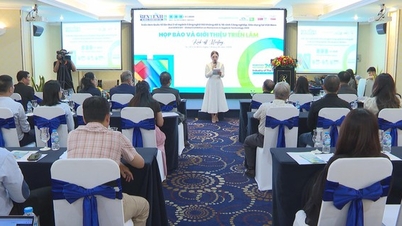


















































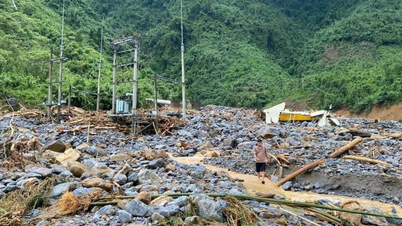



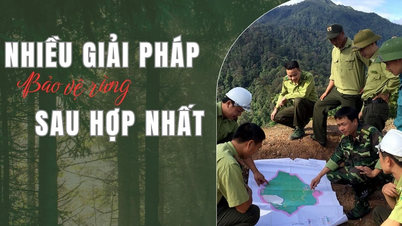
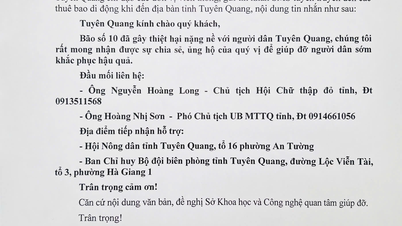

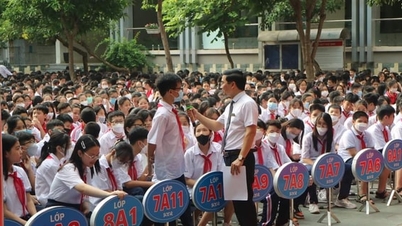














Comment (0)